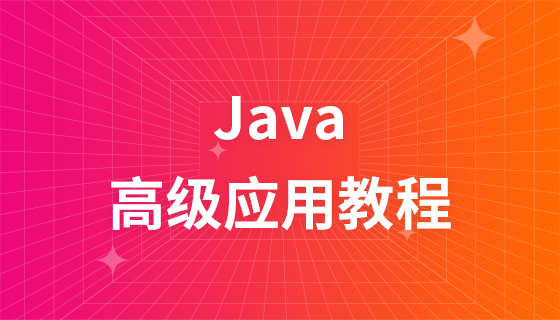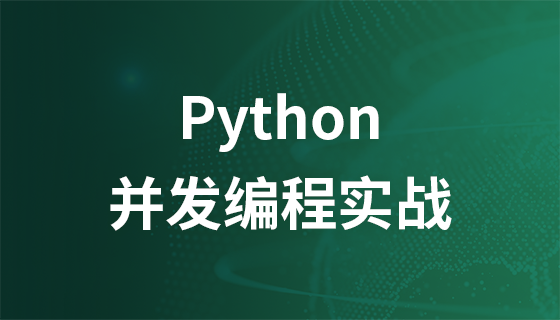C++内存管理应优先使用智能指针(如std::unique_ptr、std::shared_ptr)实现RAII自动释放,避免裸指针和手动new/delete导致的泄漏;多线程同步需根据场景选择互斥锁、条件变量或原子操作,并通过统一锁序、使用std::lock等手段防止死锁,确保资源安全访问。

C++内存管理和多线程同步,说白了,就是既要管好“地盘”,又要避免大家抢“地盘”的时候打起来。内存管理负责分配和释放内存,多线程同步则确保多个线程访问共享资源时不会出现数据竞争等问题。这两者是C++并发编程中非常重要的组成部分,处理不好很容易出现bug,而且还很难debug。
C++内存管理主要涉及
new/delete
malloc/free
内存管理: 尽量使用智能指针(
std::unique_ptr
std::shared_ptr
std::weak_ptr
new/delete
unique_ptr
shared_ptr
weak_ptr
shared_ptr
#include <memory> std::unique_ptr<int> ptr = std::make_unique<int>(10); // 使用make_unique更安全 // ptr离开作用域时,内存会自动释放
多线程同步: 使用互斥锁(
std::mutex
std::condition_variable
std::atomic
立即学习“C++免费学习笔记(深入)”;
#include <iostream>
#include <thread>
#include <mutex>
std::mutex mtx;
int shared_data = 0;
void increment() {
for (int i = 0; i < 100000; ++i) {
std::lock_guard<std::mutex> lock(mtx); // RAII风格的锁,自动解锁
shared_data++;
}
}
int main() {
std::thread t1(increment);
std::thread t2(increment);
t1.join();
t2.join();
std::cout << "Shared data: " << shared_data << std::endl; // 期望结果:200000
return 0;
}死锁是指两个或多个线程互相等待对方释放资源,导致所有线程都无法继续执行的情况。避免死锁的关键在于打破死锁产生的四个必要条件(互斥、持有并等待、不可剥夺、环路等待)。
避免环路等待: 这是最常见的死锁原因。可以通过对资源进行排序,并要求所有线程按照相同的顺序获取资源来避免。比如,如果线程需要同时获取锁A和锁B,那么所有线程都应该先获取锁A,再获取锁B,而不是有些线程先获取锁B,再获取锁A。
// 避免死锁的例子
std::mutex mutexA, mutexB;
void thread_function(int order) {
if (order == 1) {
std::lock_guard<std::mutex> lockA(mutexA);
std::this_thread::sleep_for(std::chrono::milliseconds(10)); // 模拟一些操作
std::lock_guard<std::mutex> lockB(mutexB);
std::cout << "Thread with order 1 acquired both locks." << std::endl;
} else {
std::lock_guard<std::mutex> lockB(mutexB);
std::this_thread::sleep_for(std::chrono::milliseconds(10)); // 模拟一些操作
std::lock_guard<std::mutex> lockA(mutexA);
std::cout << "Thread with order 2 acquired both locks." << std::endl;
}
}
int main() {
std::thread t1(thread_function, 1);
std::thread t2(thread_function, 2); // 如果这里改成thread_function(1),就不会死锁了
t1.join();
t2.join();
return 0;
}使用std::unique_lock
std::try_lock
std::unique_lock
std::try_lock
try_lock
#include <mutex>
#include <thread>
#include <iostream>
std::mutex mutex1, mutex2;
void thread_function() {
std::unique_lock<std::mutex> lock1(mutex1, std::defer_lock);
std::unique_lock<std::mutex> lock2(mutex2, std::defer_lock);
if (std::try_lock(lock1, lock2) ) {
std::cout << "Thread acquired both locks." << std::endl;
} else {
std::cout << "Thread failed to acquire both locks." << std::endl;
// 进行回退操作
}
}
int main() {
std::thread t1(thread_function);
std::thread t2(thread_function);
t1.join();
t2.join();
return 0;
}避免持有锁时进行长时间操作: 持有锁的时间越长,其他线程等待的时间就越长,死锁的风险也就越高。尽量将临界区缩小,只在必要时才加锁。
使用超时机制: 某些锁提供了超时机制,例如
std::timed_mutex
内存泄漏是指程序在申请内存后,无法释放已经不再使用的内存空间,导致系统可用内存逐渐减少的现象。在C++中,由于手动管理内存的特性,内存泄漏是一个常见的问题。
使用智能指针: 前面提到过,智能指针(
std::unique_ptr
std::shared_ptr
std::weak_ptr
new/delete
RAII(Resource Acquisition Is Initialization): RAII是一种资源管理技术,它将资源的获取和释放与对象的生命周期绑定在一起。当对象被创建时,资源被获取;当对象被销毁时,资源被释放。智能指针就是RAII的典型应用。
class FileHandler {
public:
FileHandler(const std::string& filename) : file(fopen(filename.c_str(), "r")) {
if (!file) {
throw std::runtime_error("Could not open file");
}
}
~FileHandler() {
if (file) {
fclose(file);
}
}
// 其他操作...
private:
FILE* file;
};
// 使用
try {
FileHandler handler("example.txt");
// 使用handler进行文件操作
} catch (const std::exception& e) {
std::cerr << "Exception: " << e.what() << std::endl;
} // handler离开作用域时,文件会自动关闭避免裸指针: 尽量避免使用裸指针(
T*
new/delete
使用容器管理动态分配的对象: 如果需要动态分配多个对象,可以使用
std::vector
#include <vector>
std::vector<int*> pointers;
for (int i = 0; i < 10; ++i) {
pointers.push_back(new int(i));
}
// 释放内存
for (int* ptr : pointers) {
delete ptr;
}
pointers.clear(); // 清空vector,防止重复释放更好的方式是使用
std::vector<std::unique_ptr<int>>
使用内存泄漏检测工具: 使用Valgrind (Linux), AddressSanitizer (跨平台) 等工具可以帮助检测内存泄漏。这些工具可以跟踪内存的分配和释放,并报告未释放的内存块。
选择合适的同步机制取决于具体的应用场景。
互斥锁(std::mutex
递归锁(std::recursive_mutex
共享互斥锁(std::shared_mutex
条件变量(std::condition_variable
原子操作(std::atomic
信号量: 用于控制对共享资源的访问数量。适用于连接池等场景。
一般来说,优先考虑原子操作和无锁数据结构,因为它们可以避免锁带来的性能开销。如果必须使用锁,尽量选择粒度较小的锁,减少锁的竞争。此外,要根据实际情况进行性能测试,选择最适合的同步机制。
选择合适的同步机制,需要权衡性能、复杂度和可维护性。没有银弹,只有最合适的方案。
以上就是C++内存管理与多线程同步问题的详细内容,更多请关注php中文网其它相关文章!

每个人都需要一台速度更快、更稳定的 PC。随着时间的推移,垃圾文件、旧注册表数据和不必要的后台进程会占用资源并降低性能。幸运的是,许多工具可以让 Windows 保持平稳运行。




Copyright 2014-2025 https://www.php.cn/ All Rights Reserved | php.cn | 湘ICP备2023035733号